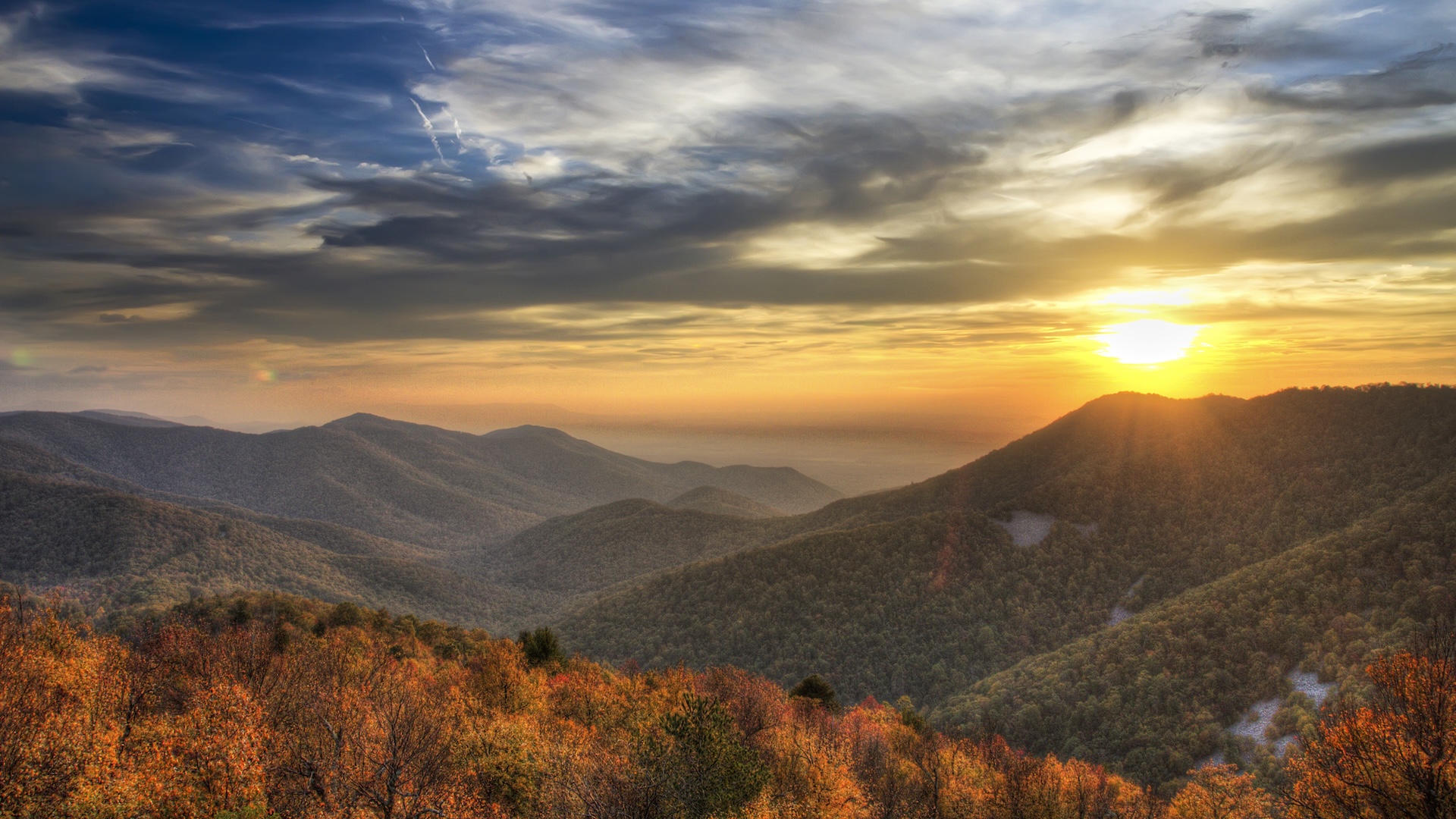Vivid Visualizations: Prize-Winning Science Images
Invisible Coral Flows
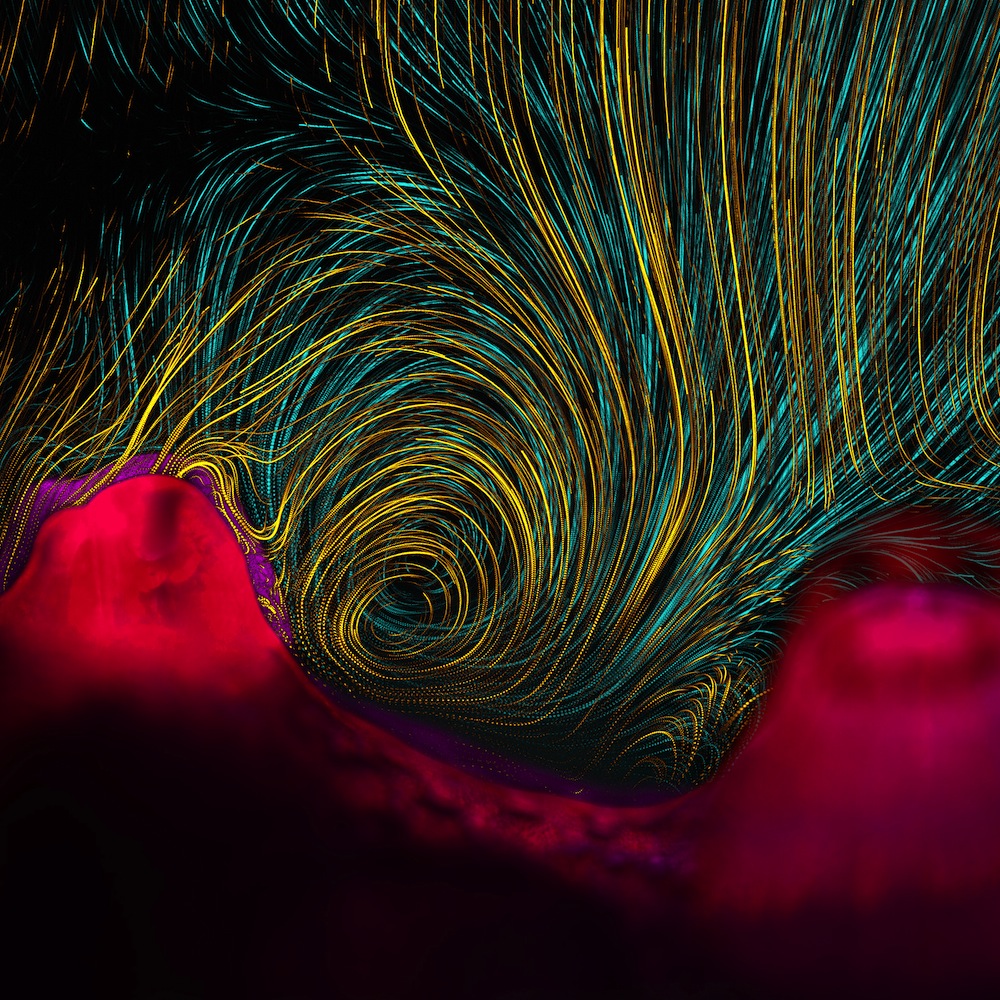
Water swirls in a tiny vortex created by coral polyps, which create miniscule currents by beating whip-like appendages called cilia. The resulting whirlpool helps coral draw in nutrients and push away waste. This image won first place in the photography category of the 2013 International Science & Engineering Visualization Challenge and graces the cover of the Feb. 7 issue of the journal Science. [Read full story on the Science Visualization Winners]
Leaf Scales
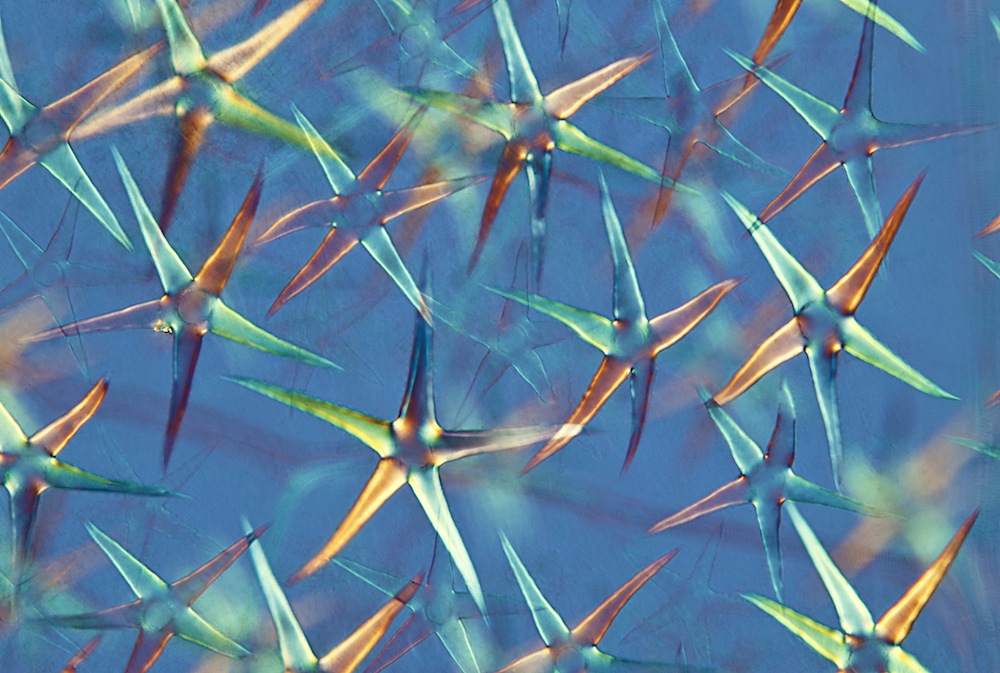
Taking an honorable mention in the photography category, this polarized light microscopy shot shows tiny leaf hairs on the plant Fuzzy Deutzia (Deutzia scabra). [Read full story on the Science Visualization Winners]
Micro Material
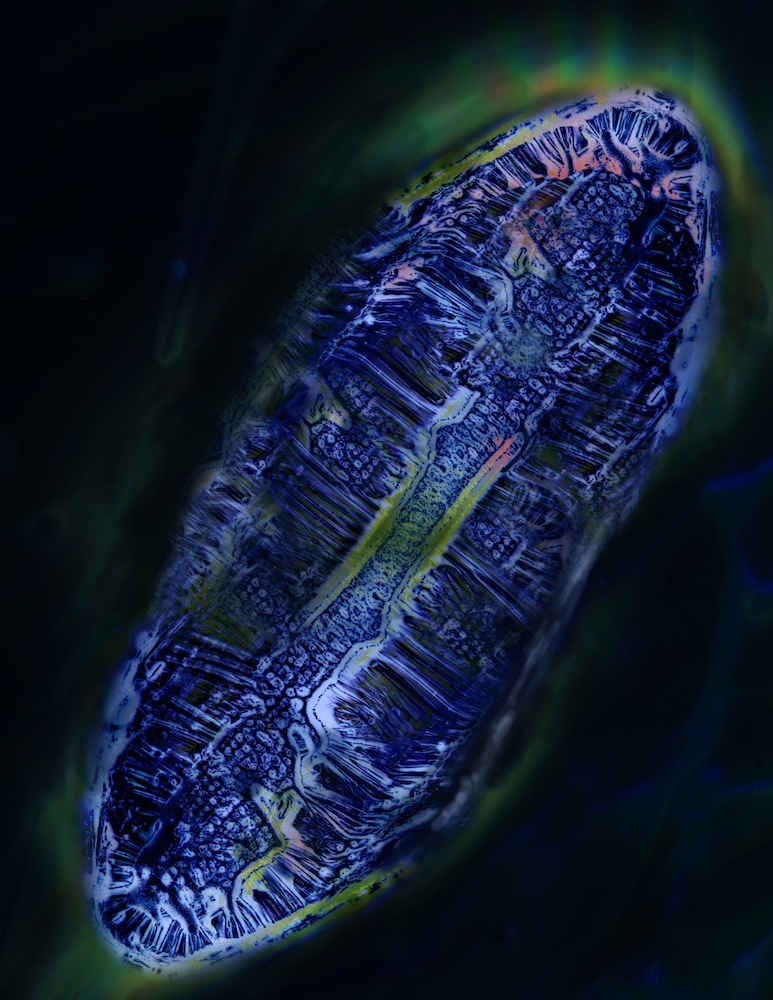
The People's Choice award for photography went to this image, showing self-assembling micro-structures in polymers. [Read full story on the Science Visualization Winners]
Pastel Brain
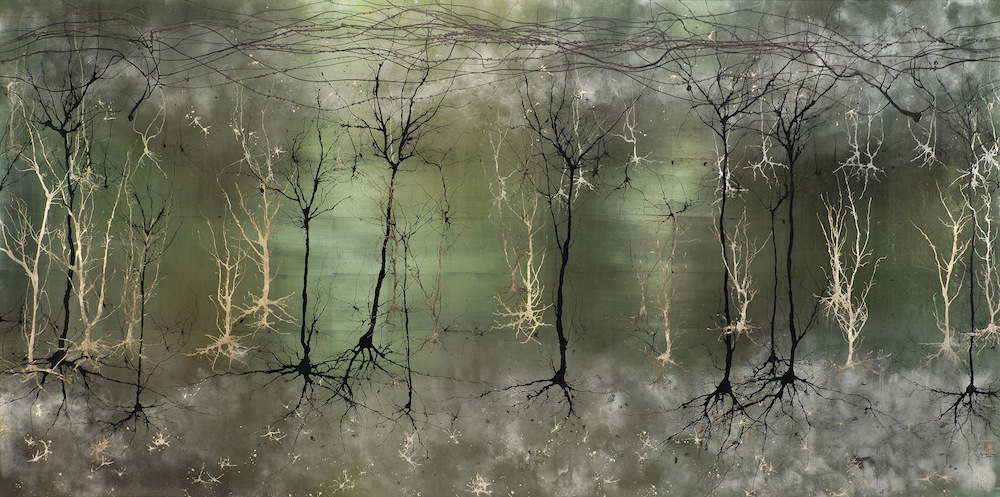
"Cortex in Metallic Pastels" took first place in the competition's illustration category. Using gold leaf, aluminum, acrylic dye and other materials, artist Greg Dunn used jets of air to move pigments across the canvas to create the branching neurons. [Read full story on the Science Visualization Winners]
Easy Passwords
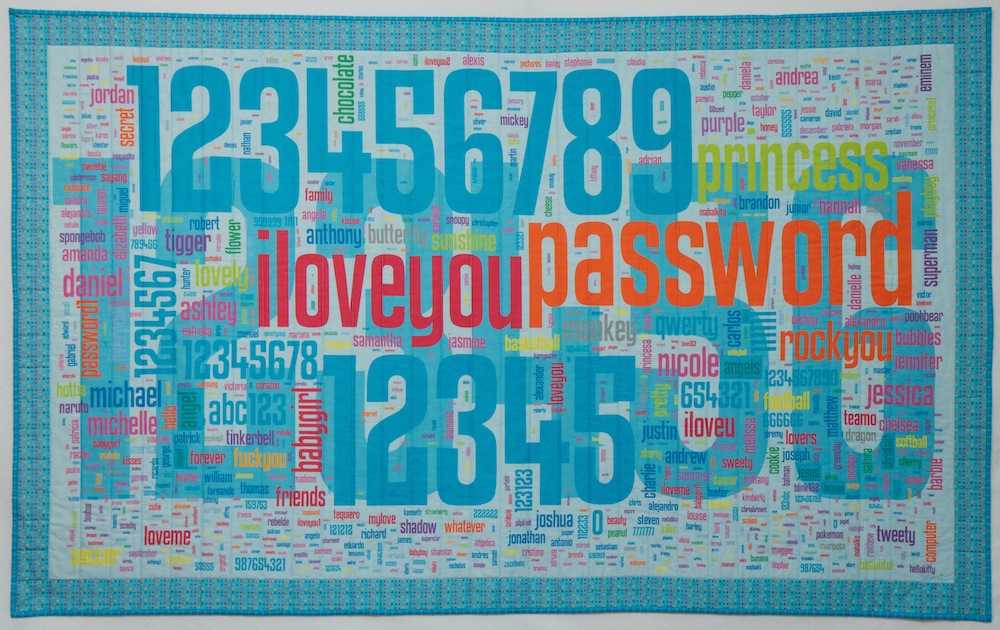
This literal "Security Blanket" consists of painfully obvious (and common) passwords printed on a cotton quilt. The textile art took the People's Choice award in the illustration category. [Read full story on the Science Visualization Winners]
Microbe Hand
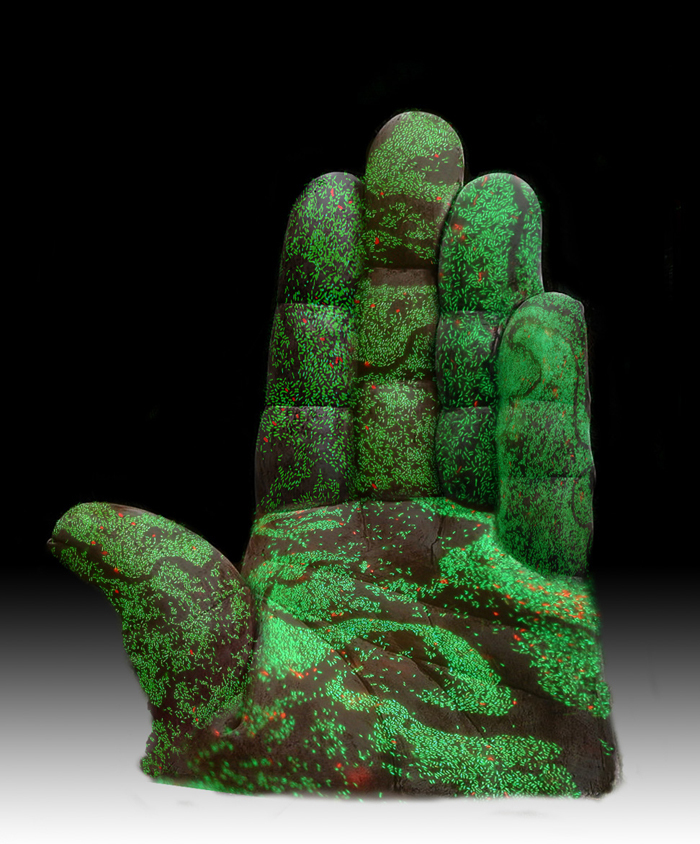
Even antibacterial soap can't get rid of the (mostly harmless) bacteria on the skin, as shown in this People's Choice winner in illustration, showing the growth of bacteria at 400 times normal resolution. [Read full story on the Science Visualization Winners]
Wearable Power
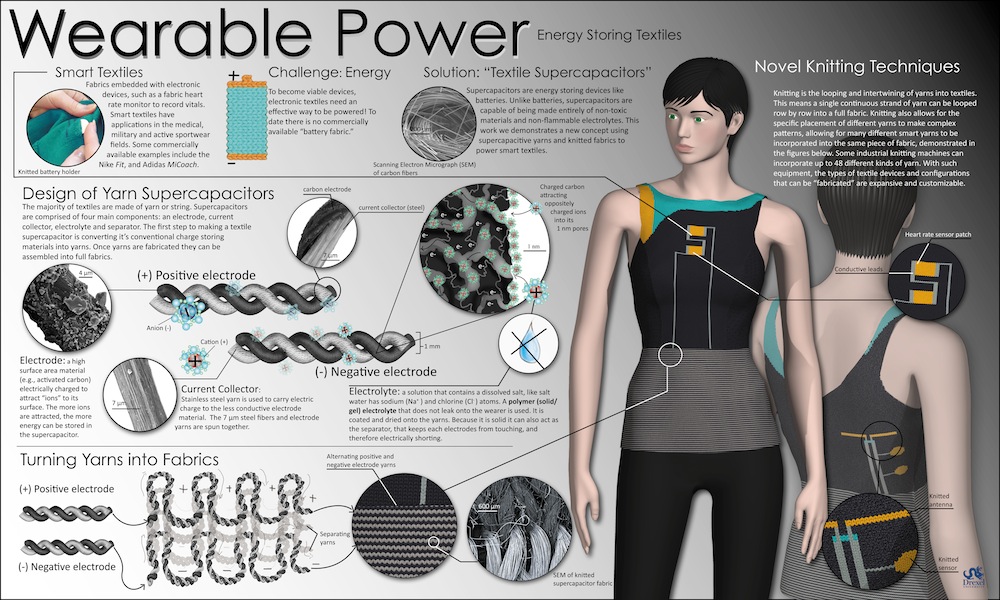
The winning informational poster, "Wearable Power," shows how fabrics could be engineered to store power. [Read full story on the Science Visualization Winners]
Get the world’s most fascinating discoveries delivered straight to your inbox.
Soap Bubble Life Cycle
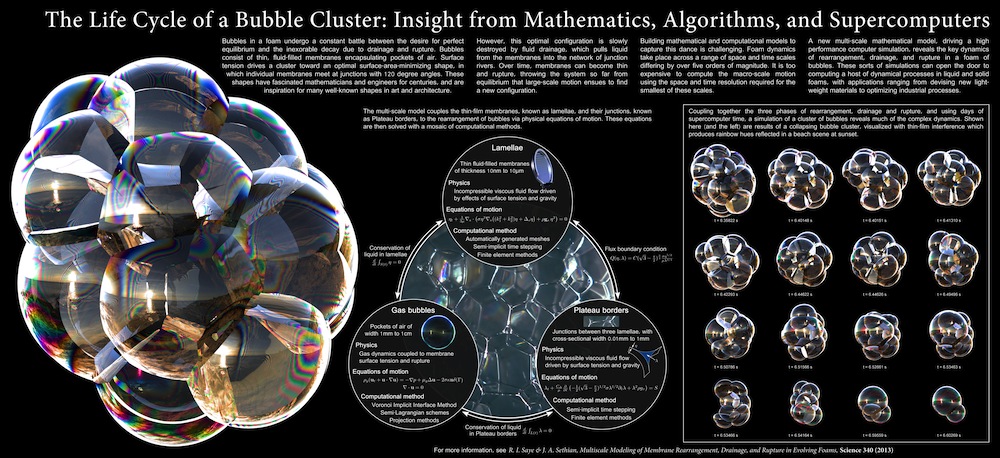
Taking honorable mention in the posters category, this graphic shows the dynamics of popping foam bubbles. [Read full story on the Science Visualization Winners]
Sea Turtle Cold
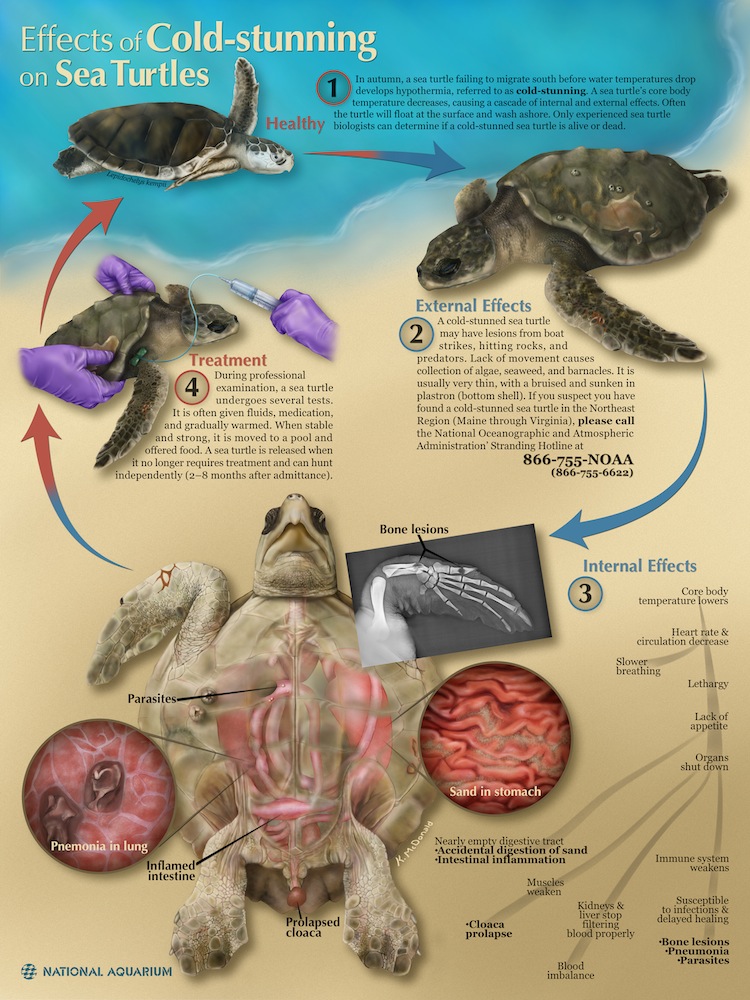
Turtles exposed to cold water for prolonged periods become cold-stunned. This honorable mention poster explains the effects. [Read full story on the Science Visualization Winners]
Brain Zoom
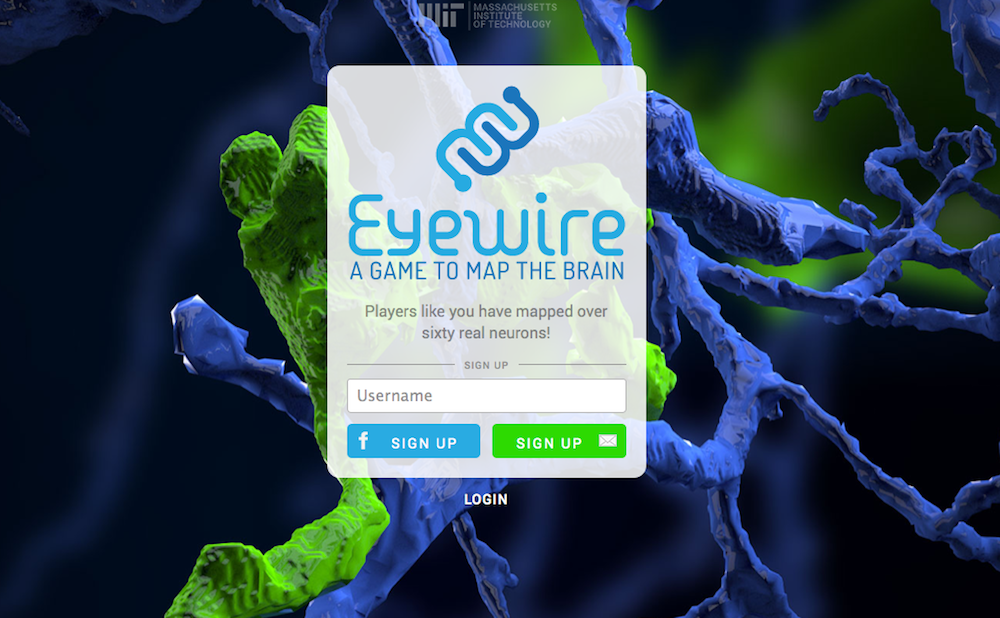
The first-place winner in the gaming category allows players to explore brain cells and map their structure. [Read full story on the Science Visualization Winners]
EarthViewer
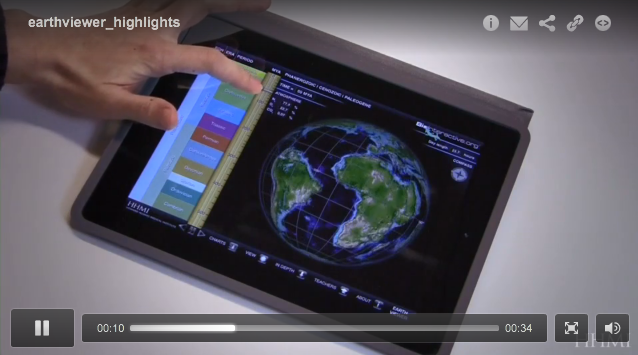
One of two honorable mention winners, "EarthViewer" is an app that allows users to scroll through Earth's history, from molten to modern. [Read full story on the Science Visualization Winners]

Stephanie Pappas is a contributing writer for Live Science, covering topics ranging from geoscience to archaeology to the human brain and behavior. She was previously a senior writer for Live Science but is now a freelancer based in Denver, Colorado, and regularly contributes to Scientific American and The Monitor, the monthly magazine of the American Psychological Association. Stephanie received a bachelor's degree in psychology from the University of South Carolina and a graduate certificate in science communication from the University of California, Santa Cruz.
